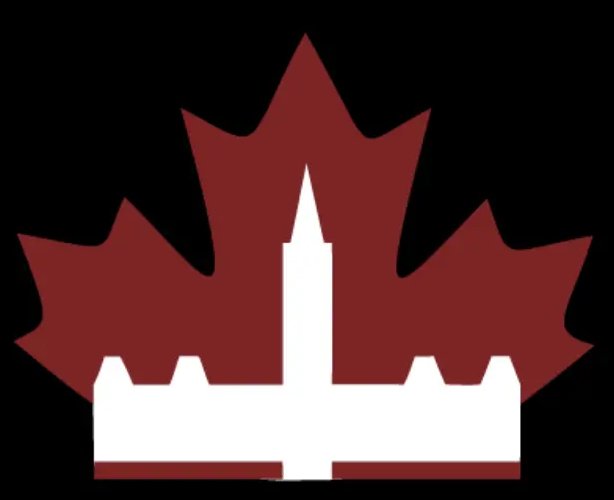The image is an infographic titled “The Liberal’s Broken Promise: Electoral Reform” that displays a vertical timeline with colored dots and information boxes chronicling electoral reform events in Canada.
The timeline shows six key events:
-
June 2015 (pink dot): Campaign Promise - Justin Trudeau pledges: “We are committed to ensuring the 2015 election will be the last election using first-past-the-post.”
-
October 2015 (blue dot): Election Victory - Liberals win a majority government with 39.5% of the popular vote, securing 184 seats (54% of the House of Commons).
-
June 2016 (light blue dot): Special Committee Created - The Electoral Reform Committee (ERRE) is established to study options. The committee conducts consultations across Canada.
-
December 2016 (red dot): Committee Recommendations - The ERRE recommends proportional representation. 88% of electoral experts consulted favoured proportional representation.
-
February 2017 (blue dot): Promise Abandoned - PM Trudeau abandons electoral reform, claiming “no consensus” despite clear committee recommendations and public consultations.
-
October 2024 (black dot): Looking Back - Trudeau admits he should have “immediately shut down talk about proportional representation” and that Liberals were “deliberately vague.”
Below the timeline is a “Key Statistics” box showing:
- 63% of voters cast ballots for parties promising electoral reform
- 80% of town hall participants asked for proportional representation
- 71% wanted parties to govern together
The infographic includes a Creative Commons license icon in the bottom left corner and a QR code in the bottom right. The footer cites sources: House of Commons Special Committee on Electoral Reform, Fair Vote Canada, Policy Options.


My riding is pretty solidly Conservative. I don’t think it has been anything else in its various incarnations since WWII. All I expect to get this time around is a protest vote, but I will be making my voice heard with it, and I will be telling them how they are failing us as Canadian citizens by sticking with FPTP when there are much more democratic options available.